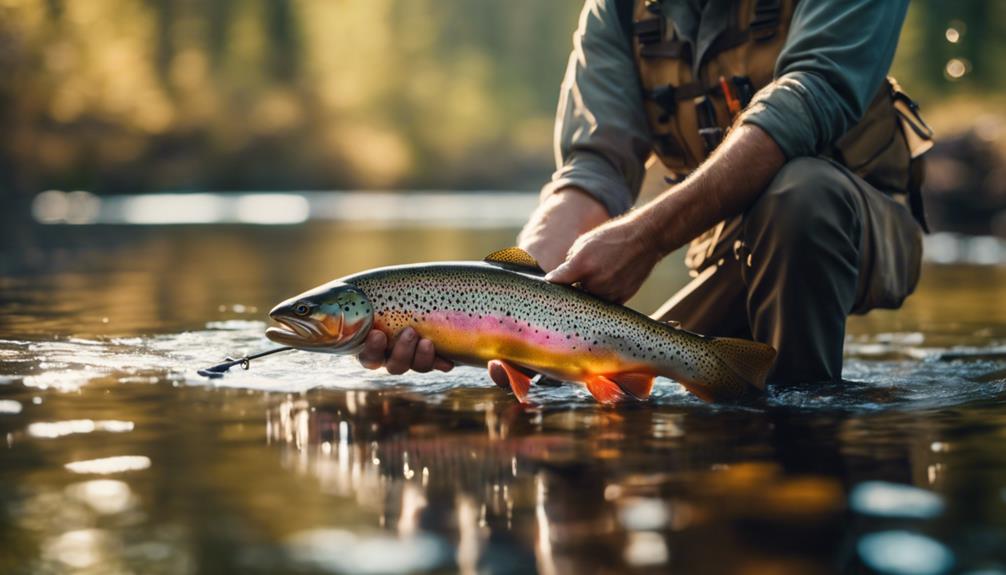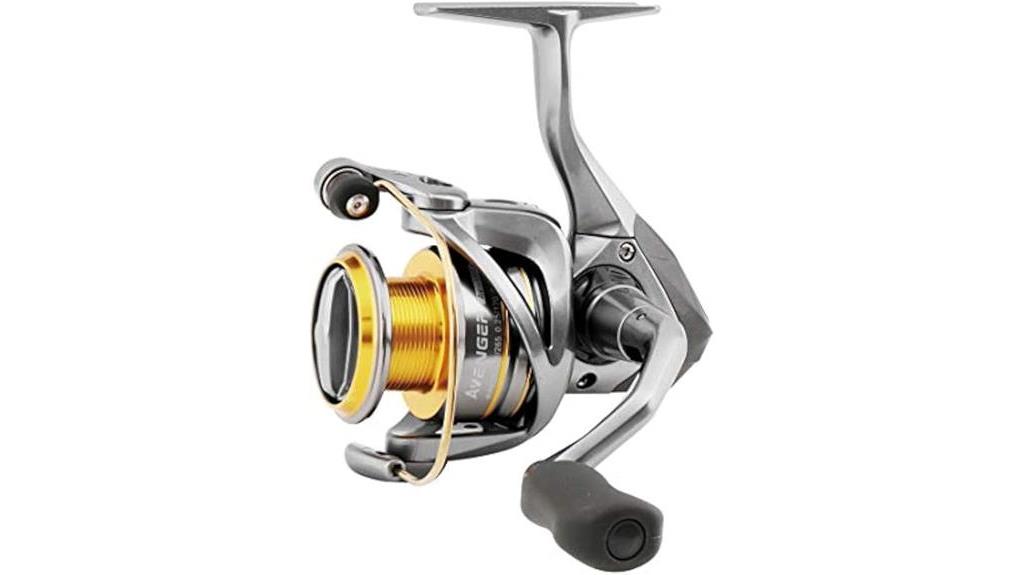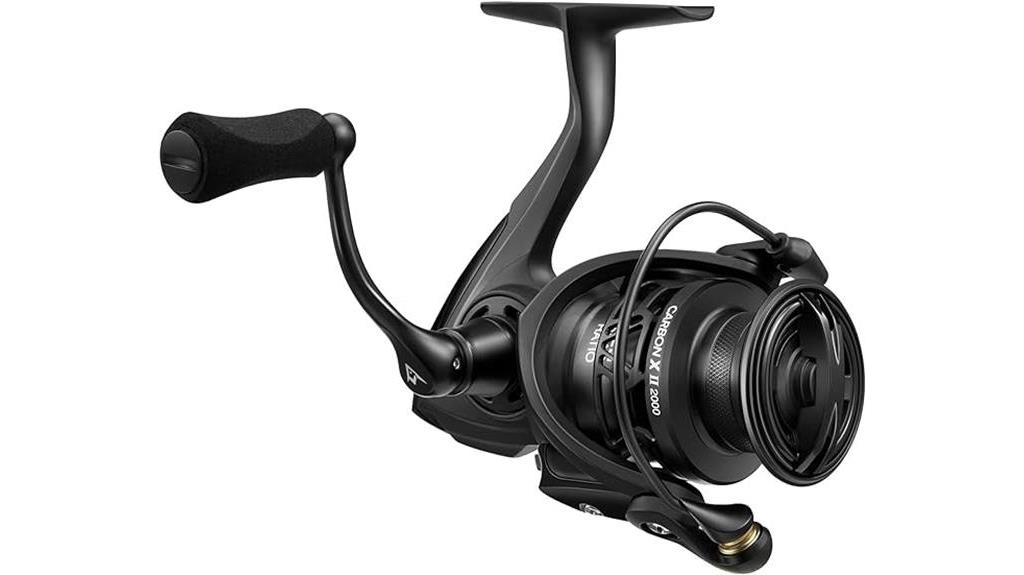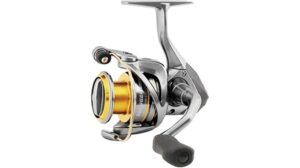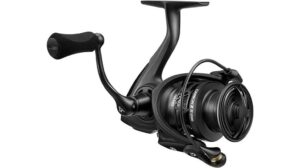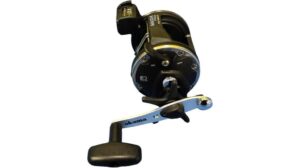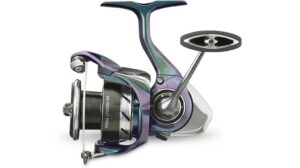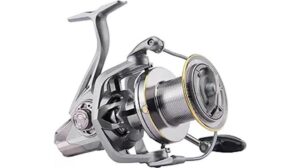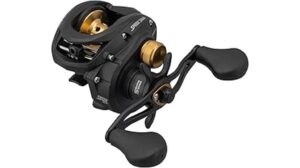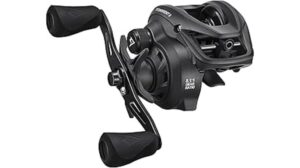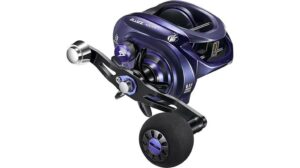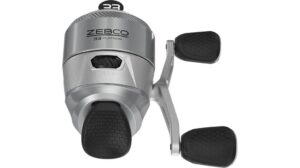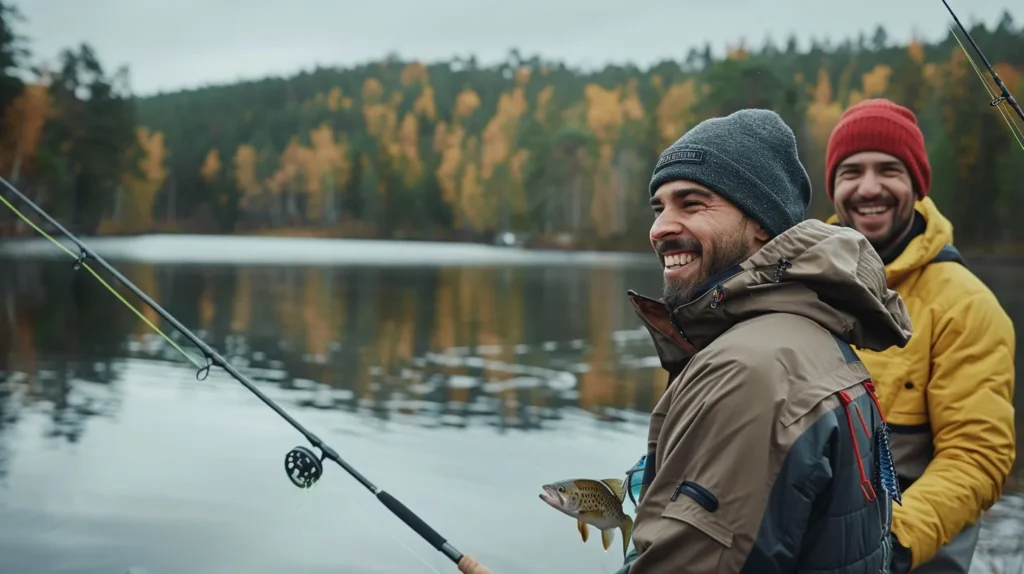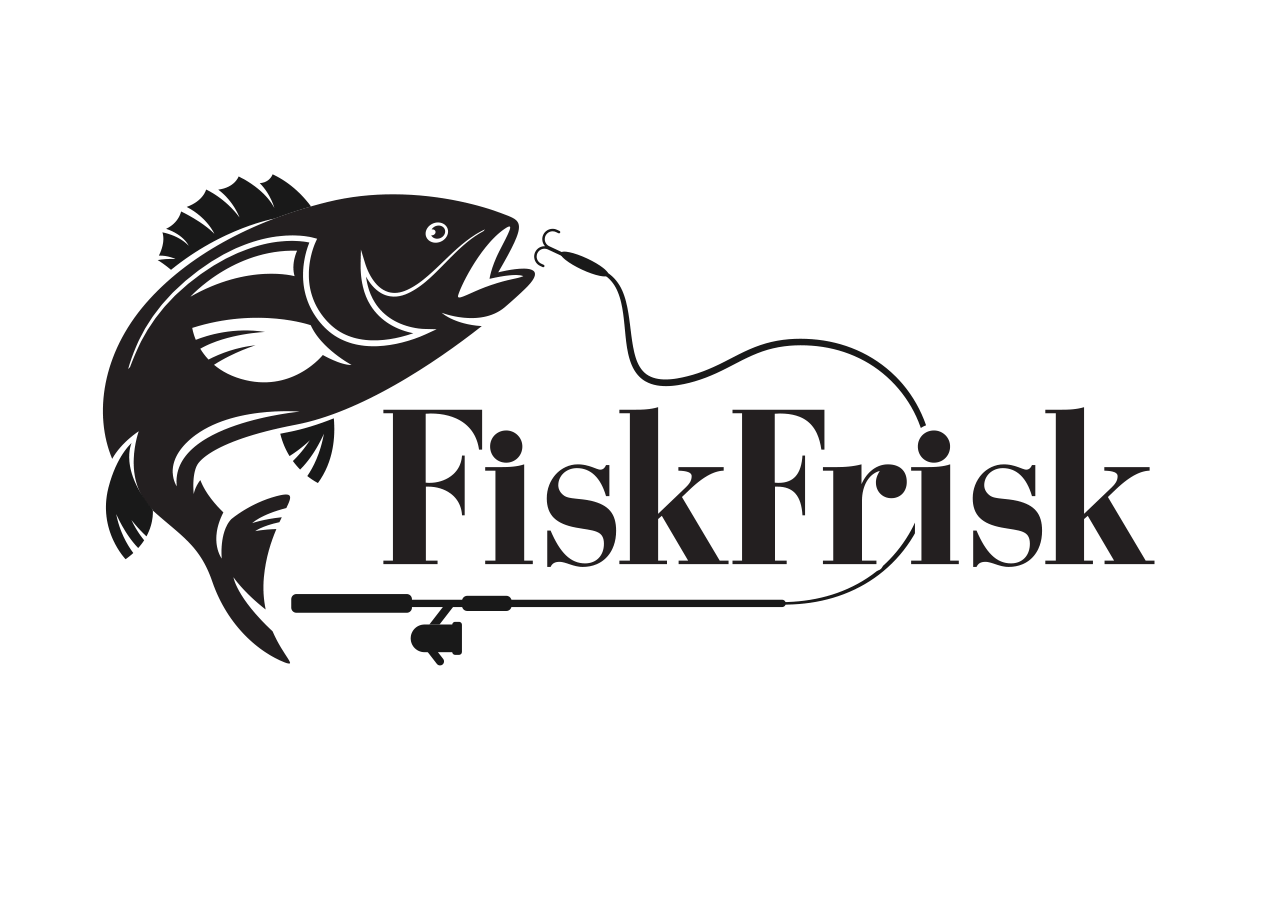We've found that mastering catch and release fishing requires a holistic approach. It starts with selecting the right equipment, including rods, reels, and lines that minimize stress on the fish. We've learned proper handling techniques are essential, using wet hands and supporting the fish's body to protect its slime layer. Choosing ideal spots and considering environmental factors like water temperature and oxygen levels greatly impact success. We always prioritize conservation, minimizing handling time and avoiding spawning seasons. By following these practices, we've considerably improved our catch and release outcomes. There's much more to explore in perfecting this rewarding angling technique.
Selecting the Right Equipment
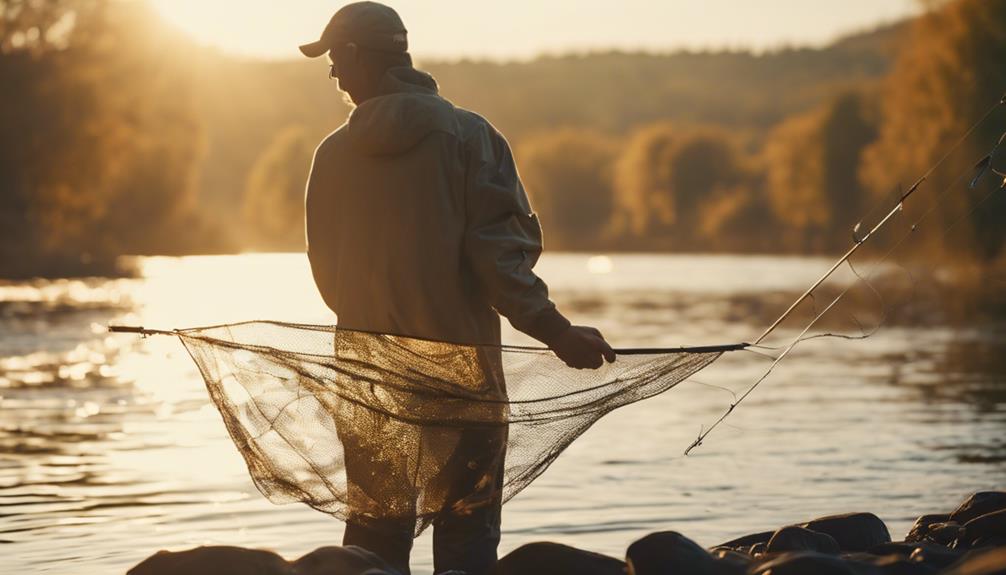
Three critical components form the foundation of successful catch and release fishing: the rod, reel, and line. We'll want to choose a rod with the right action and power for our target species, paired with a reel that offers smooth drag and durability. As for line, we should opt for a strength that balances finesse with the ability to land fish quickly, minimizing stress on our catch.
Proper Fish Handling Techniques
Having selected the appropriate gear, we'll now focus on mastering the art of handling fish with care and respect, a skill that's essential for successful catch and release practices. We must minimize stress and injury to guarantee the fish's survival. Let's wet our hands before touching the fish, support its body horizontally, and avoid squeezing. Quick, gentle handling is vital, as is keeping the fish submerged whenever possible.
Choosing Ideal Fishing Spots
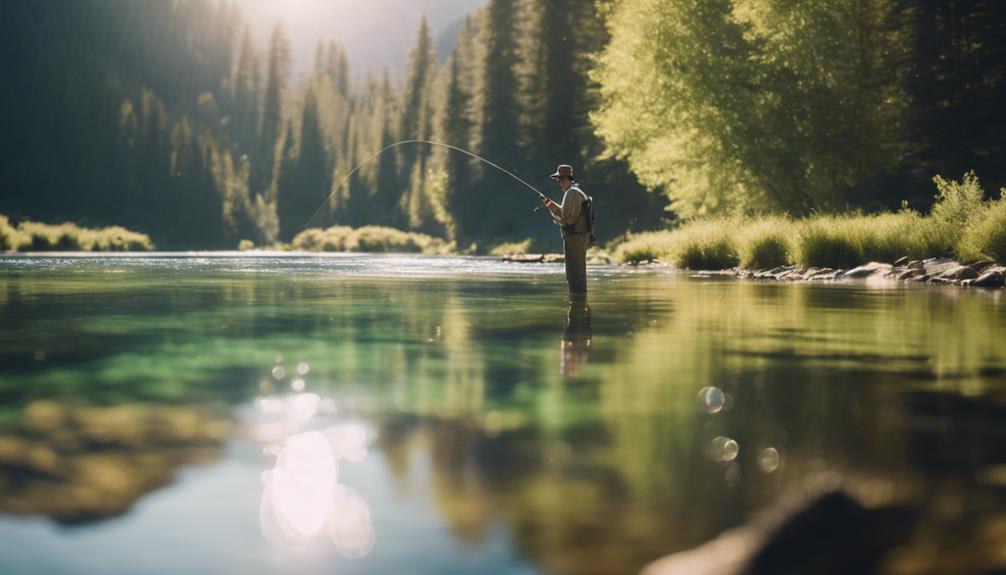
Success in catch and release fishing hinges on our ability to locate prime fishing spots that not only teem with fish but also provide suitable conditions for their safe release. When selecting ideal locations, we should consider:
- Water depth and temperature
- Presence of natural cover
- Current strength and direction
These factors greatly influence fish behavior and survival rates, ensuring our catch-and-release efforts are both fruitful and responsible.
Timing and Environmental Factors
Understanding the intricate interplay between timing and environmental factors is essential for maximizing our catch-and-release success while minimizing stress on fish populations. We must consider water temperature, oxygen levels, and seasonal patterns. Let's time our excursions during cooler hours and avoid fishing in extreme conditions. By aligning our activities with nature's rhythms, we're not just catching fish; we're fostering a sustainable relationship with our aquatic friends.
Conservation and Ethical Considerations
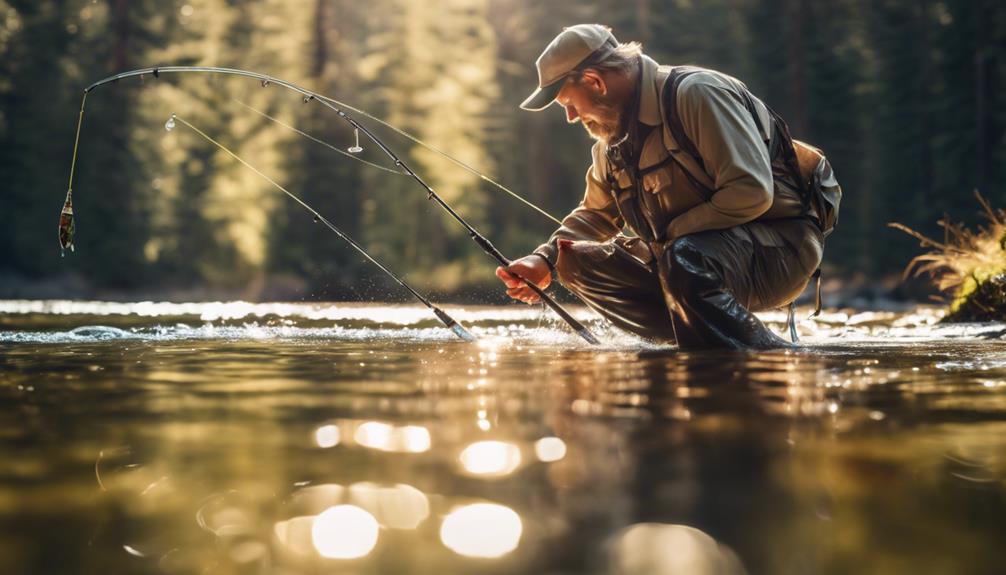
As we consider the broader impact of our fishing practices, it's imperative to examine the conservation and ethical implications of catch and release. This method helps preserve fish populations and maintain ecosystem balance. Let's explore key considerations:
- Minimizing handling time
- Using appropriate gear and techniques
- Avoiding fishing during spawning seasons
Conclusion
We've explored the intricacies of catch and release, from gear selection to ethical considerations. As we've learned, this practice isn't just about conservation; it's about becoming more skilled and responsible anglers. By mastering these techniques, we're not only preserving fish populations but also enhancing our own experiences on the water. Let's continue to refine our methods, always aiming to minimize stress on our aquatic quarry while maximizing our enjoyment and stewardship of our precious waterways.
